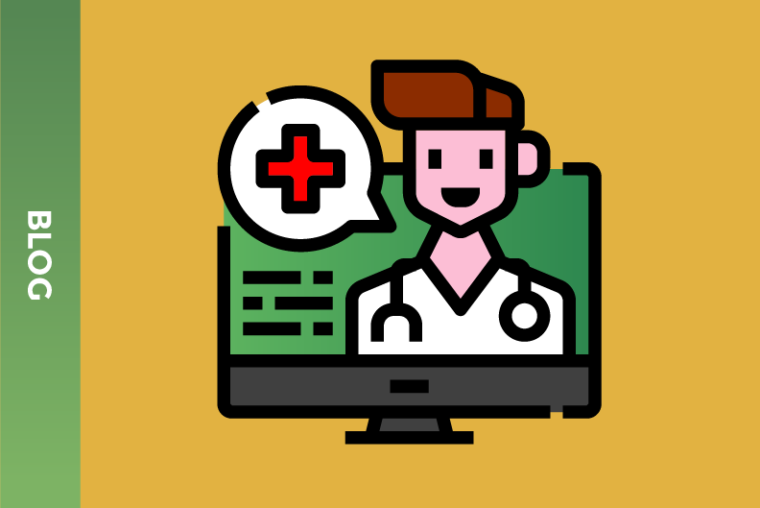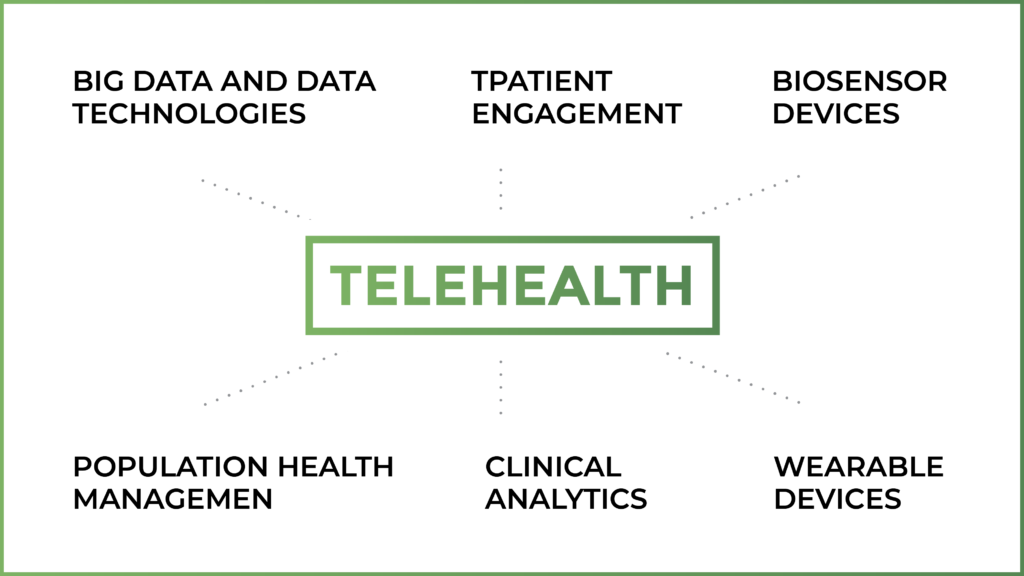What Technologies Can Benefit From Telehealth Innovations?

Modern telehealth is a system which lets people check their health without regular visits to the hospital. By using your smartphone you can choose a doctor and receive all kinds of medical services you need online. Well, all services, except surgery, of course.
The main feature of telehealth is its innovativeness. The main purpose of modern technologies is to share health data and provide health services, no matter where, when or whom. Now healthcare professionals can interact with colleagues and patients remotely. They can get access to documents, provide consultations, and check patient’s health progress. There is a special digital mechanism to achieve this:
- Data integration;
- Data management and visualization;
- Provision of interaction channels;
The successful development of these mechanisms needs special technologies, software and devices. Their implementation requires such things even more. Telehealth is not an isolated trend. It is a first step to the next level of medicine and lifestyle.
Top 6 technologies will co-accelerate from telehealth
Telehealth expansion is impossible without leveraging digital technologies. Besides, it boosts the development of other industries. Accessibility is important not only to medicine, right?

Clinical Analytics
Telehealth innovations improve accuracy via effective electronic data management solutions. Every worker can get access to data whenever and wherever. This digital transformation has a specific goal. It is to build a simple, but powerful virtual medical ecosystem. Its main feature is that it works without breaks.
Data-driven technologies
This field is fundamental to the whole telehealth sphere’s success. No one could ever collect and analyze so much data, required for telehealth to operate the way it should. Big Data is a starting position for other, even more complicated, technologies, such as AI, ML, and NLP, that all can be combined to produce effective mechanisms for dealing with a huge influx of patients while minimizing the physical contact at the same time. New systems will be integrated with existing ones to create an all-in-one solution that will be able to keep up with the needs of today’s society. This technology found success in many governmental and private agencies around the globe. It is well-developed in the USA, UK, EU-countries, China, Japan, Australia and other countries. Experts believe that in the next few years data technologies will be a part of all general spheres of human life. Still, there are certain risks associated with transmitting such a huge volume of sensitive information online. Thus, the healthcare service providers have been made responsible for its protection and integrity. This forced them to look for state-of-the-art technologies to encrypt and safeguard the data against malicious persons and invest in patients’ education as well, so both parties will contribute to cybersecurity.
Wearable devices
It is a separate trend in telehealth. Portable personal electronic devices (accessories, clothing, jewelry or gadgets) interact with the environment and the user. They capture, accumulate,visualize with the graphs and then send certain types of health-related information to databases. New types and classes of wearable devices for medicine and a healthy lifestyle appear almost every day. According to the forecasts, the market of wearable devices will reach $67.2 billion by 2030.
Biosensor devices
This technology is a new growing trend in modern medicine and technologies. Still, it has quite a narrow use nowadays. It helps to detect specific biological components, like glucose, in the chemical substances, like human blood. It can measure glucose levels in diabetes, blood pressure, and heart rhythm. Soon, it is expected that they will operate as electrocardiograms, or remote phone endoscopes, and will even help doctors detect patient’s cancer at the very beginning of illness.
Population Health Management
The world population is constantly growing, and telehealth technologies make it possible to improve patient coverage and reduce the number of no-show visits. This approach minimizes gaps that usually happen in offline service and introduces continuous patient health monitoring via various devices that provide biometrical data. It is useful for patients from rural areas, the elderly population and groups with chronic diseases.
Customer or patient engagement
The launch of telemedical services presupposes the development of special software for measuring, tracking and interacting with the patients. There are no ready-to-use solutions, as every project is individual. These programs can be developed in all shapes and types. But the main demand for this software is to correspond to GDPR, HIPAA and other regulations, policies and standards. The providers of these solutions create a patient journey through all metrics required for the target audience of the service to select the must-have features.
Further prospects
The above-listed technologies are not new on the market, they are represented by multi-billion corporations. But in the context of the fight against COVID-19, they received an unbelievable impetus to speed up their development speed. Telehealth technologies are tightly related to these industries and closely interact.
By the way,the global telehealth market is predicted to reach $319 billion in 2025 (from $83 billion in 2020), with a CAGR of 30.9%. Now we can expect a huge development leap and new products from other industries to support this growth.
WANT TO BUILD A HEALTHCARE MVP BASED ON OPEN DATA?
Learn how to take a concept from a business problem to a functioning solution in a very short period.






